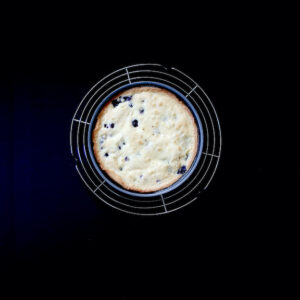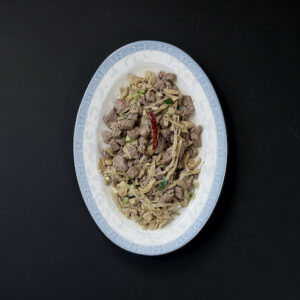Pyrex And The Pity Of Things
Wednesday I dropped some clothing off at our local Goodwill. Before leaving, I checked out the kitchen section.
It’s rare for me to find anything there. But Wednesday was different. Working my way through the crammed kitchen section, I spied a pile of clear glass Pyrex wedged on a bottom shelf.
My fondness for Pyrex is borders on obsessive. Even as I persist in defining myself as anti-collector, a person who dislikes tchotckes, a saver of virtually nothing, I cannot resist old Pyrex. Any time I pass a thrift shop or garage sale, I have to look–and if I find Pyrex, I usually buy it.
Vintage Pyrex is widely available online (what isn’t?), but the thrill of the hunt is lost. Buying Pyrex online is shooting fish in a barrel. It’s also more money, which isn’t saying much. Most pieces are shockingly cheap.
A dealer might argue that the amount of old Pyrex available diminishes its value. I humbly submit the opposite: the glut of old Pyrex is proof of its indestructibility. This is as immeasurable in kitchen equipment as it is rare–therefore, valuable.
Along with that indestructibility comes aesthetics. Older Pyrex is beautifully made yet completely utilitarian. While this is immediately evident in the “Colored Bowl Set” and its patterned brethren, the even older Pyrex clear glass is also exquisite. Yet it is an acquired taste. Like many collectors, for years I was interested only in colored items. I busied myself learning pattern names and longing for the Amish Butterprint Bowl Set.
Perhaps a steady diet of glossy kitchen catalogs has trained us to hanker after kitchenware that looks like candy. Perhaps it is part of what my husband calls “the lizard brain.” Whatever the case, my appreciation for clear glass Pyrex was like wanting cheese for dessert: I had to grow into it.
According to Corellecorner.com, this platter’s decorative rim indicates a pre-1947 manufacture date. I found it in a thrift shop, beneath a stack of pot lids. It cost $1.50.

That decorative rim in detail:

According to Barbara E. Mauzy, author of Pyrex: The Unauthorized Collector’s Guide, “The nature of their use made platters susceptible to knife scratching.”
Indeed, the platter has a number of scratches, indicating a lifetime of use; one is evident in the photograph. The scratches indicate a lifetime of meals, of food served and eaten. I’d prefer that to a pristine piece that sat unused in a china cabinet for half a century. Think of all the meals that platter’s participated in. All the life witnessed in those scratches.
Back to Goodwill and that stack of Pyrex. Beside it stood a complete set of fine Bavarian bone china and several platters. As I first knelt, then sat, on the floor, I realized I was looking at a woman’s kitchen. The china told me so. After her death, children or an elderly spouse or some stranger packed her kitchen into boxes and delivered them to Goodwill.
The Japanese word “kaiwasoo” means “the pity of things.” As I sat on the floor, sifting through that woman’s kitchen, waves of sadness rolled through me.
This woman liked to bake. Only a baker has three identical Pyrex pie plates. She liked the “Flavor Savor”, first manufactured in 1943. Hers, a nine-inch, dates to 1945, though she bought two more later on. The newer ones are etched with microwave instructions.
Three pie dishes. That’s a lot of pie.

This piece is the most striking.

It’s hard to see the yellowish patina the glass has taken here, or the dish’s depth. This is an old, old piece. Look at the logo:
 Note the simplicity, the old-fashioned lettering:nothing about dishwashers, broilers, or microwaves. Paging through the Mauzy book for an identification led nowhere. Turning to Corellecorner.com, I entered the model number etched on the left handle. My piece is an oval casserole. Once it had a companion lid. The depth, or lack thereof, along with the handle design, places it somewhere between 1926 and 1938.
Note the simplicity, the old-fashioned lettering:nothing about dishwashers, broilers, or microwaves. Paging through the Mauzy book for an identification led nowhere. Turning to Corellecorner.com, I entered the model number etched on the left handle. My piece is an oval casserole. Once it had a companion lid. The depth, or lack thereof, along with the handle design, places it somewhere between 1926 and 1938.
This casserole is a bit banged up. The rim has a couple small chips. So does one of the scalloped handles. Held to the light, one sees evidence of countless spoons scraped across the bottom and around the sides. The vessel I held in my hands was responsible for nearly a century’s worth of meals. I’d paid less than four dollars for the privilege of its stewardship.
Back home, carefully washing each piece, I realized there was no need for kaiwasoo. These pieces would be used, loved, appreciated anew. In this way, their former owner, a woman who baked pies, would be recalled, her memory honored.





